
Cleaning Up Your Strength Program; Mobility And Stability Is Your Detergent!

A conversation that took place over the weekend between myself and a patron at Starbucks. Yes, it really did go just like this.
Patron: My mobility sucks.
Me: Mr. what is your problem?
Patron: I can’t move.
Me: That is your problem.
Patron: Blank stare and silence.
Me: Blank stare and silence.
Keep reading.
The Importance Of Mobility And Stability…
So it was an interesting conversation between myself and a patron at Starbucks over the weekend. It took all of about 3 seconds before the conversation led into the usual “what is your problem?” from my end. Yes, the conversation did continue on and I did explain to the fellow gent that I was in fact a strength coach and that my response was due in part to a very common theme that I tend to run into most everyday of my life in one fashion or another. So luckily for both of us we had a few extra minutes to discuss some of what was ailing the guy.
Basically his issues were due in part to a lack of total mobility, core stability, and overall strength simply because of a lack of use with his body. It wasn’t an age thing, an injury, or a disease. It just boiled down to him failing to engage in any activity that was specific for the purpose of maintaining mobility and function. Like I said in the title; Mobility and stability are the detergents for cleaning up your strength and conditioning program. So let’s take a look at the role of mobility and stability my young Jedi!

The Meaning Of Mobility And Stability...
I believe it was Michael Boyle and Gray Cook that came up with a very simple explanation of how to approach training the body based on identifying the function of the joints throughout the body. Buckle your seatbelt because this is going to be a crash course in the approach my friend. You see they came up with what is known as the joint by joint approach to training.
The joint by joint theory involves the thought that the body is basically just a stack of joints. Within this stack each joint has a specific purpose and as a result is prone to having a certain level of problems or dysfunction. Because of this the needs of the joints have to be recognized and accounted for in training. Let’s take a look at the model.
Now when looking at this notice that every joint alternates between mobility and stability. As we identify the joints (and the need) you can see the model unfold. For instance, the ankle needs increased mobility, the knee requires more stability and so on. As we move up the chain each need becomes more apparent and so does its influence onto the next joint.
Ankle: Mobility
Knee: Stability
Hip: Mobility
Lumbar spine: Stability
Thoracic spine: Mobility
Scapula: Stability
Gleno-humeral: Mobility
Elbow: Stability
You can see how this works. Everything flows together throughout the body. So what does this mean for our training? Well in short it kinda simplifies things while making things complex at the same time. I know I know it’s kind of an oxymoron right? In other words, as a general rule of thumb it does give us a simple model to fit everyone into on the surface, however as we narrow things down from group to individual circumstances may change on a case by case basis.
I mean for the most part I think we can all see that we want the knee joint to be stable, but mobile within it’s natural function along the sagittal plane (in flexion/extension). However, we don’t want the knee to be trained for mobility outside of this plane. You see what I mean now about the simple and the complexity of this model? I mean it’s simple, but it ain’t so simple, capiche!
Another interesting part of this is how this model alludes to how the joints influence one another. I mean the lack of ankle mobility could result in knee pain. Lumbar pain could be the result of poor hip mobility. It’s interesting because pain is the signal that something is wrong with our body, but in the world of mobility often at times addressing the site of the pain is only treating the symptom and not the problem.
Essentially mobility could be defined as the ability to perform a desired movement, whereas stability is where one has the ability to resist an undesired movement. I like to go a step further and say that mobility is the ability to perform a desired movement WELL! 😉 I mean if we’re going to do something then let’s go all out, right?
The whole model concerning mobility and stability are essential to any well designed and smartly implemented strength and conditioning program. Once the needs are recognized and addressed in training then performance and health are upgraded. Now is that in depth or what?
I’m demonstrating some serious core stability/mobility in the following video doing some kettlebell push up renegade rows. You know I don’t make excuses, but you’ll hear me grunting through these because when I shot this video it was close to a billion degrees outside. It was at the peak of summer in Georgia and I’m handling a pair of 72 lbs. bells! Yeah, I was sweating.
The whole concept of mobility and stability has been one to totally transform the world of strength. It’s always been around, but I’m not so sure that it has been so in depth. Either way you better be pushing and evolving your strength program if you want to stay ahead of the competition.
If you need additional help with kickstarting your program to develop mobility and stability where it is needed within your program then you can get your own copy of my Brandon Richey’s Better Than Steroids ebook right here:
I hope you enjoyed today’s blogisode. I know my Starbucks friend did! To get more of my current updates and to sort of give me a digital high five I want to ask you to sign into your Facebook account and LIKE my page. Remember that most anyone can train hard, but only the best train smart my friend.
Leave a Reply
You must be logged in to post a comment.
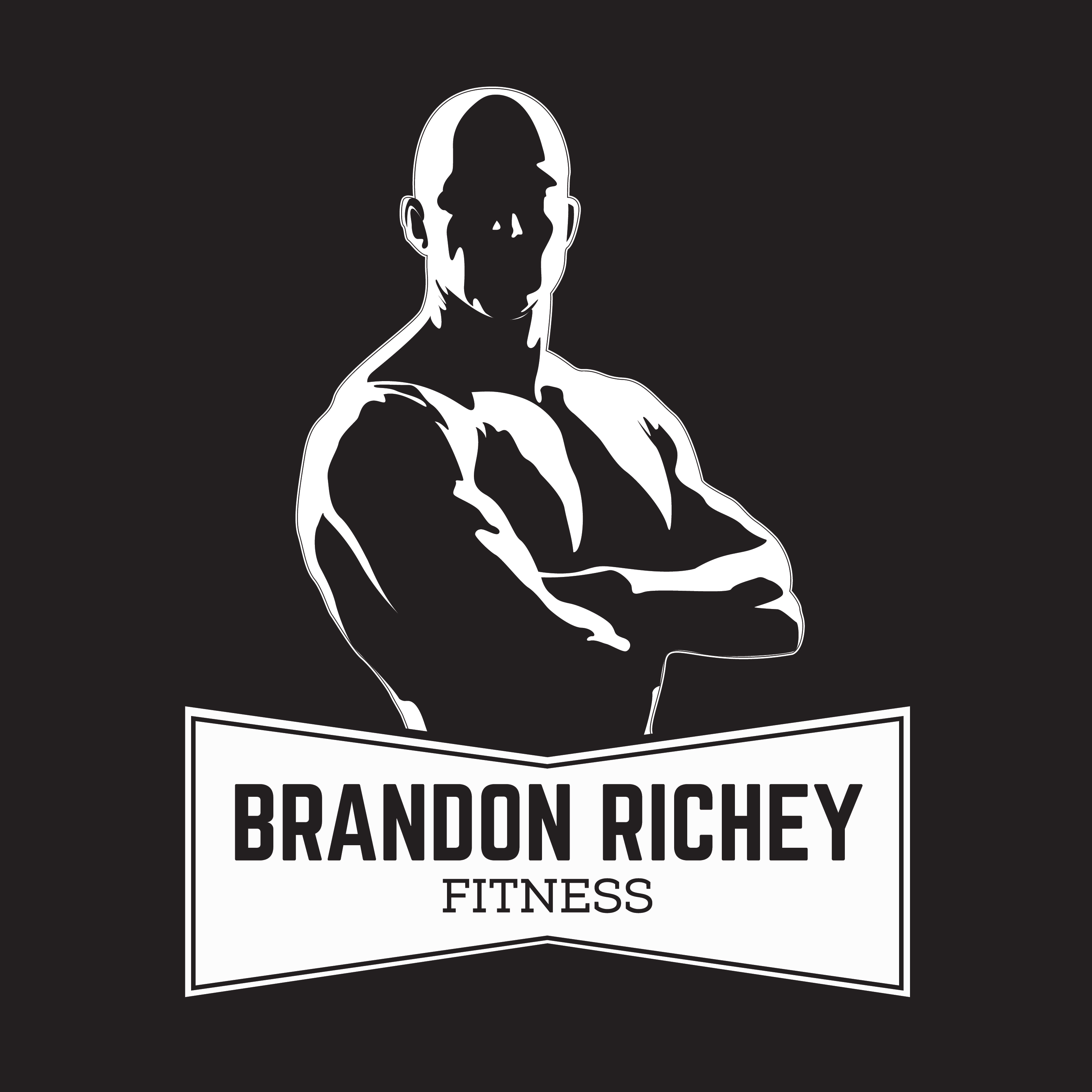
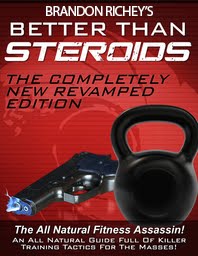
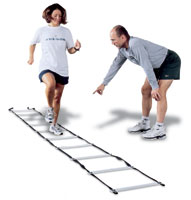
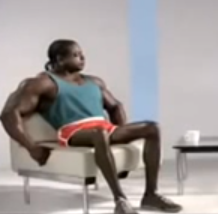
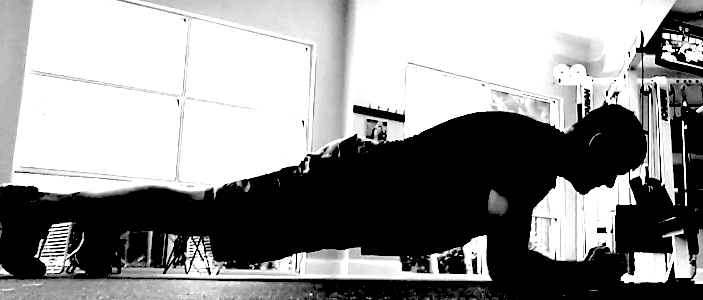
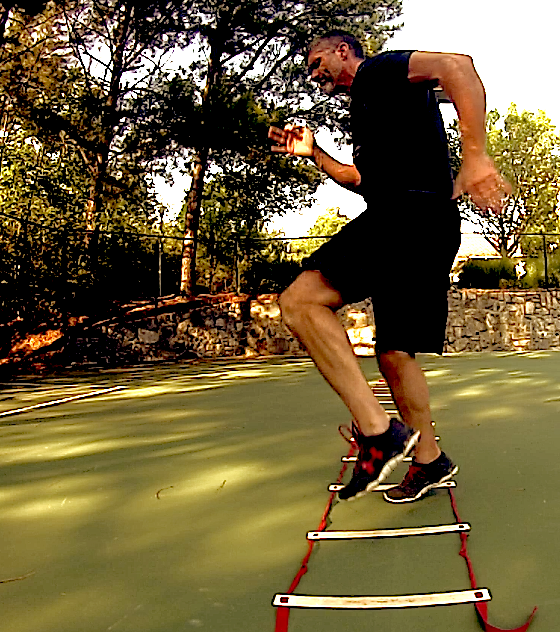

I love the conversation! I can just picture you talking with someone first thing in the morning about mobility and stability before your first cup. Nice work with the 72’s.
Hey bro, I appreciate that! Yep, that conversation took place just as I described so I know you can imagine that taking place. 🙂 It is a similar topic that I have with many, especially when it has more to do with just being inactive! I hope your training is going well! We’ve got to get together and throw some iron soon!